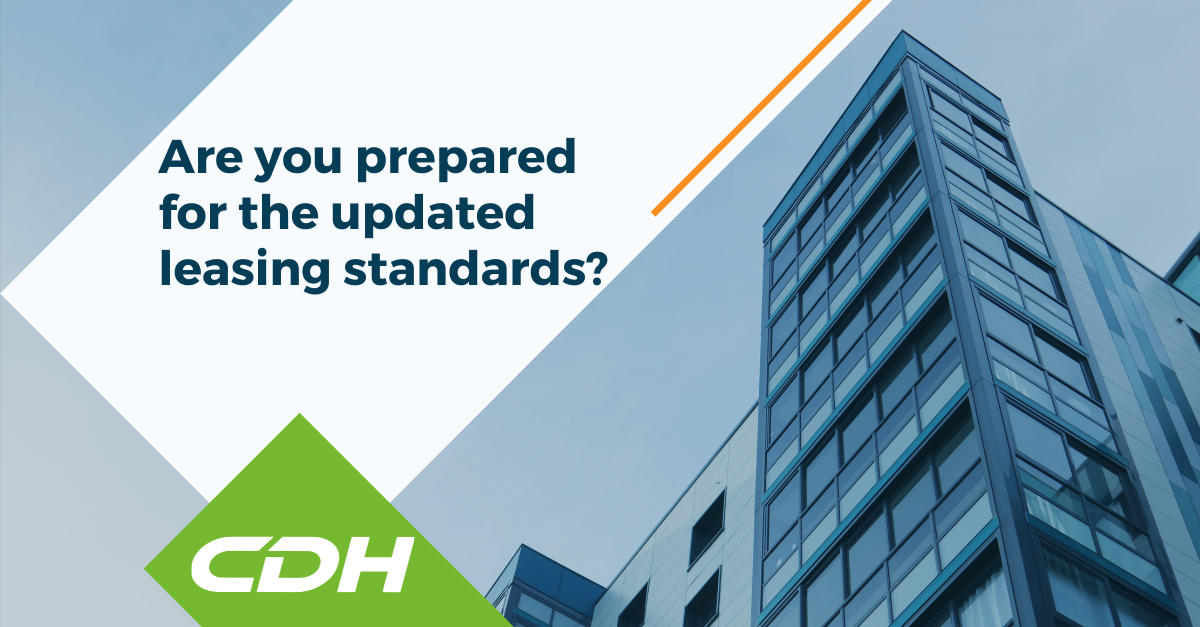
Accounting for Leases: Accounting Standards Codification 842: Overview of Operating Leases
Main changes from prior standard:
Under Accounting Standards Codification (ASC) 842, operating leases will still be called “operating leases,” so you may ask why we discuss changes from the prior standard. Although there will still be “operating leases” as a classification, these leases will now need to be recorded on the balance sheet as a right-of-use asset and a lease liability associated with each lease.
This is a significant change from the prior standards that will impact companies that have operating leases.
Financial Statement impact:
Balance Sheet: there will be an operating lease right-of-use asset and an associated operating lease liability. The liability must be classified between current and non-current.
Income Statement: there will be an operating lease expense which will be calculated on a straight-line basis.
Cash Flow Statement: all lease payments will be presented within operating activities.
Initial Measurement:
The present value of the lease payments not yet made must be calculated to determine the initial measurement of the operating lease liability. The rate that will be used to calculate the current value will be either of the following:
-
- The rate implicit in the lease (to be used if this is determinable)
- Lessee’s incremental borrowing rate (the rate at which lessee could borrow a similar amount for a similar term)
Nonpublic companies can make an election to instead use the risk-free rate instead of the incremental borrowing rate. However, once elected, the company must follow this election from now on. Furthermore, this will create a slightly higher lease liability compared to using the incremental borrowing rate. Nonpublic companies must decide between finding the incremental borrowing rate for all leases or a higher lease liability by using the risk-free rate.
The operating lease right-of-use asset is calculated by adjusting the lease liability for initial direct costs incurred by the lessee, prepayments of lease payments, and receipts of lease incentives.
For existing leases, any deferred rent that is currently recorded will be removed from the books upon an initial recording of the operating right-of-use asset and an operating lease liability.
Subsequent Measurement:
Once the operating lease liability and right-of-use asset are recorded on the books, each month, the company will do the following:
-
- Calculate straight line lease expense (undiscounted lease payments + initial direct costs / # of payments)
- Accrete interest and increase operating lease liability (lease liability x interest rate)
- Amortize operating right-of-use assets by directly reducing the operating right-of-use asset (variance between straight-line lease expense and increase in lease liability due to interest)
- Reduce the lease liability by actual lease payment made
How Can We Help?:
CDH is here for you every step of the way to help discuss potential issues with your banks or accountants, help you review your current and future leases and other vendor contracts, as well as assist with finding a lease software that fits your needs.
Contact Patrick Brennan, Audit Principal and internal lease expert, at [email protected] to discuss how the new lease standards may impact you.
